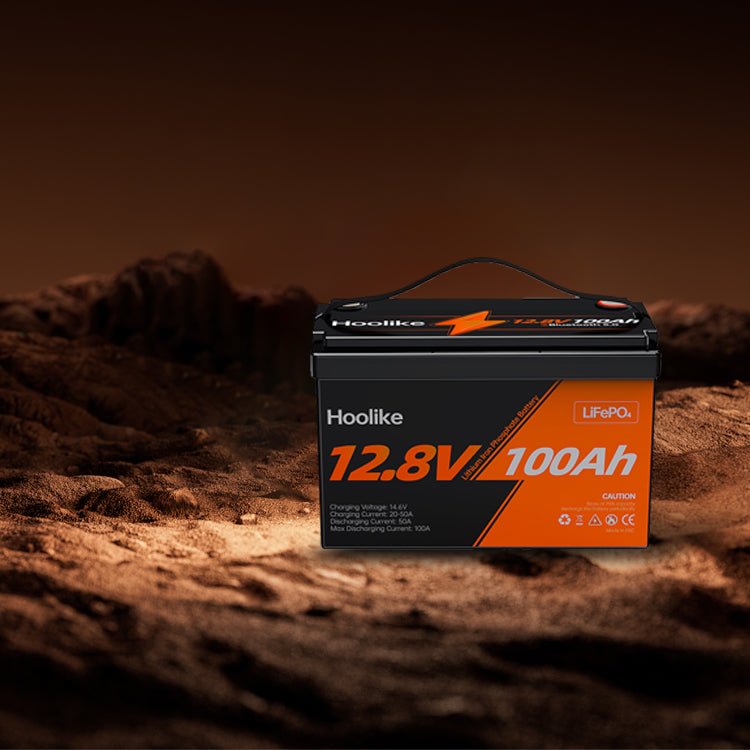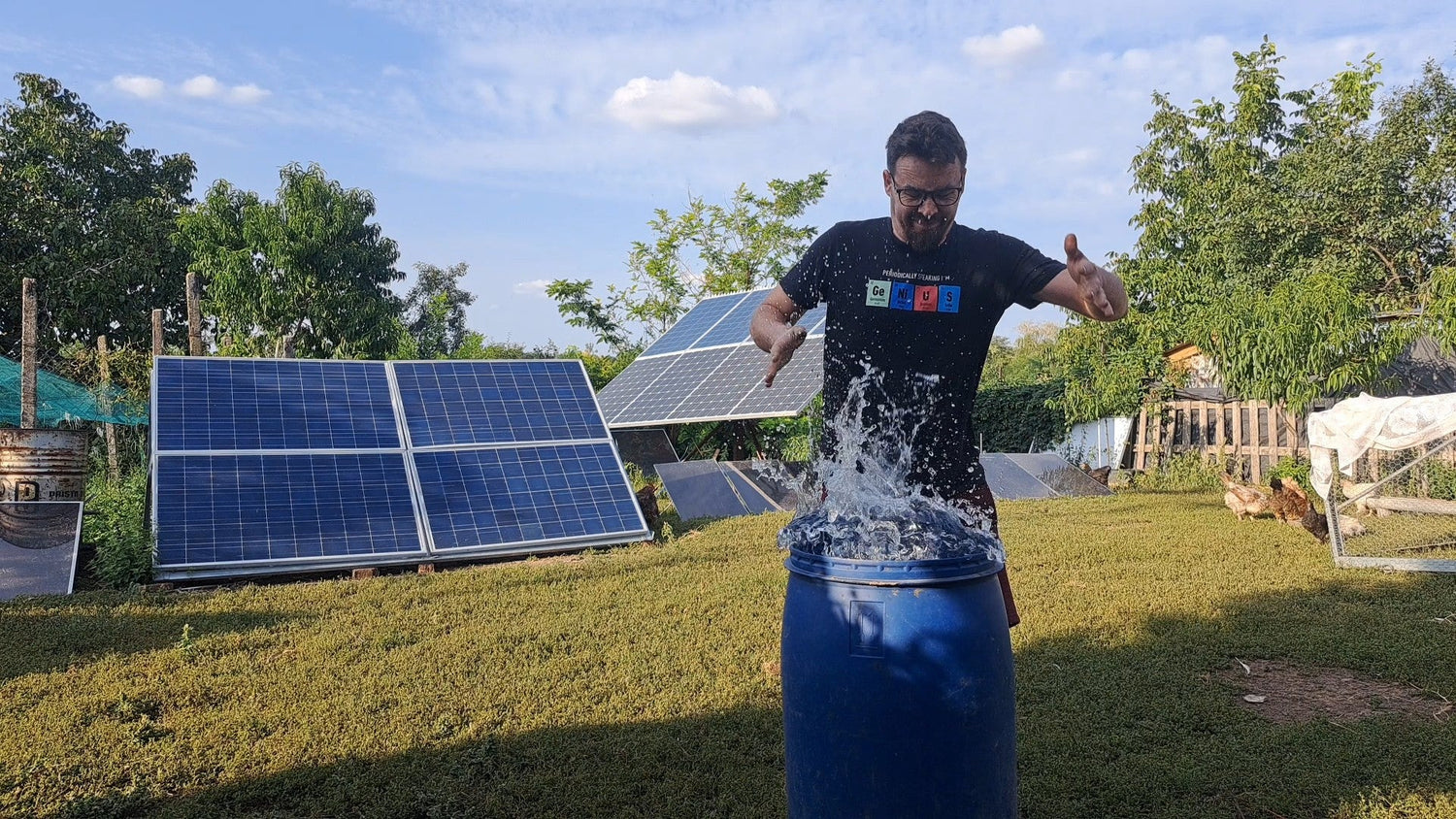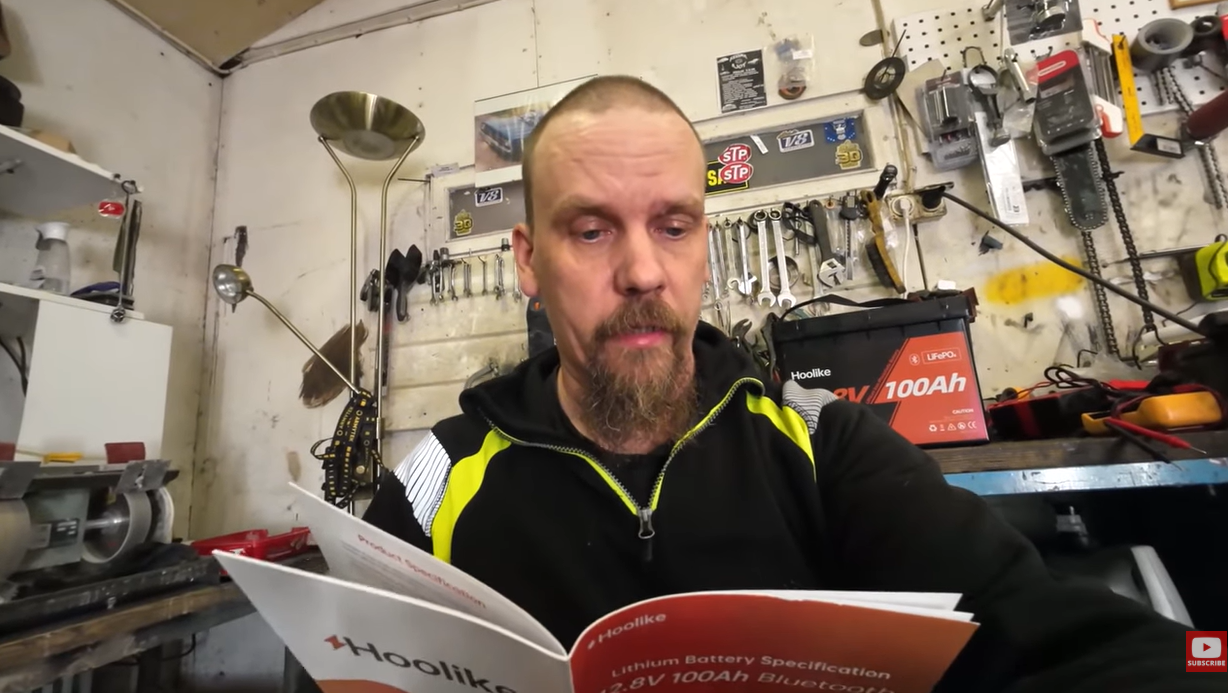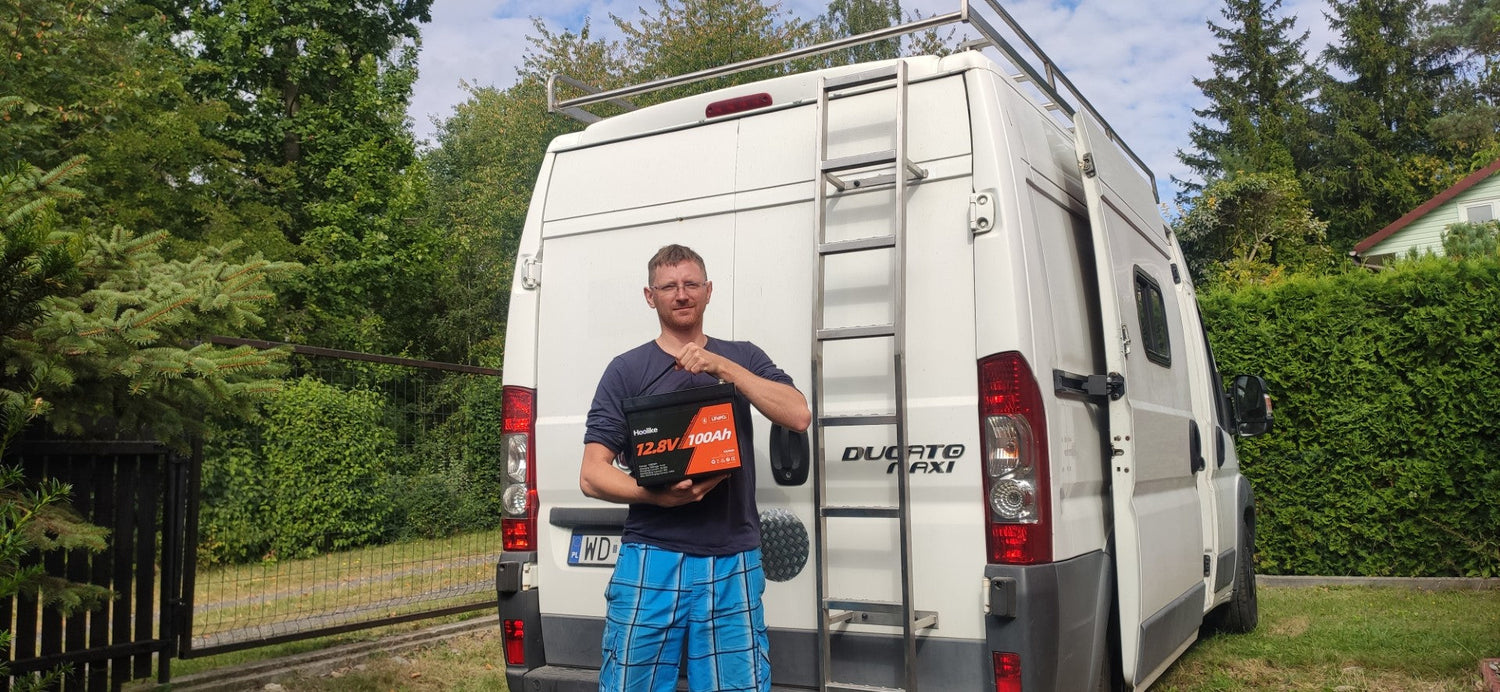As Europe continues its shift towards sustainable energy solutions, one of the most promising combinations is solar power paired with LiFePO4 batteries. These batteries are increasingly becoming the preferred option for residential energy storage due to their safety, efficiency, and long lifespan. The integration of LiFePO4 batteries with solar panels has allowed homeowners to reduce their reliance on the grid, lower electricity costs, and contribute to a more sustainable future.
we’ll explore real-life case studies from homes across Europe that have successfully integrated LiFePO4 batteries with solar power systems. These case studies will showcase the financial and environmental benefits of this combination, highlighting how families are taking control of their energy usage and contributing to the ongoing green revolution.

1. The Benefits of Integrating LiFePO4 Batteries with Solar Power
Before diving into the case studies, it’s important to understand why LiFePO4 batteries are a key player in the transition to solar-powered homes:
Safety: LiFePO4 batteries are safer than many other battery types, making them ideal for home use. They have a lower risk of overheating or catching fire compared to conventional lithium-ion or lead-acid batteries, ensuring peace of mind for homeowners.
Efficiency: These batteries offer excellent charge/discharge efficiency, meaning that more of the energy generated by the solar panels is stored and available for use later, especially during the night or cloudy days when solar energy production is low.
Longevity: LiFePO4 batteries are known for their long lifespan, often lasting between 10 to 15 years, significantly longer than traditional lead-acid batteries. This long-term durability means fewer replacements and lower overall maintenance costs for homeowners.
Eco-friendly: These batteries are made from non-toxic materials, making them more environmentally friendly compared to other types of batteries that can release harmful chemicals when disposed of.
When combined with solar energy, LiFePO4 batteries provide a comprehensive and sustainable solution for reducing a home’s reliance on traditional grid electricity.
2. Case Study 1: The Schmidt Family in Germany
The Schmidt family in Germany was looking for a way to reduce electricity costs while contributing to a more sustainable way of living. After the installation of solar panels on their roof, they found that they were still dependent on the grid to supply electricity during the winter months when solar production was low.
In 2020, the Schmidts decided to install LiFePO4 batteries as part of their home energy system. The solar panels generate power during the day, which is then stored in the LiFePO4 batteries for use in the evenings and during cloudy periods. Since the installation of the batteries, the Schmidt family has reduced their monthly electricity bills by approximately 60%, with some months seeing near-complete self-sufficiency.
What makes this case particularly noteworthy is the ability of the LiFePO4 batteries to balance solar power production and household demand. The system has enabled the Schmidts to store more energy than their previous lead-acid batteries, providing reliable power throughout the day and night. As a result, they’ve become less dependent on the grid, and their investment in sustainable energy has paid off significantly.
3. Case Study 2: The Moretti Family in Italy
In sunny Italy, the Moretti family was looking for a way to cut costs while minimizing their environmental impact. With an average of 2,500 hours of sunshine per year in their region, the decision to install a solar energy system was an easy one. However, like many homeowners, the challenge was to store enough energy to meet their needs during the cooler months.
The Morettis turned to LiFePO4 batteries to solve this problem. After installing the system in early 2019, they reported a 40% reduction in their annual electricity costs. Their solar panels generate excess electricity during the day, which is stored in the LiFePO4 batteries and then used at night when solar generation is no longer possible. This energy storage system has allowed them to achieve self-sufficiency for nearly half of the year, especially during the summer months when solar production is highest.
The Morettis also appreciate the long lifespan of the LiFePO4 batteries compared to their previous lead-acid setup. They expect to avoid costly replacements for many years, allowing them to continue saving on energy bills over the long term. This case highlights the importance of LiFePO4 batteries for homes in regions with significant seasonal variations in sunlight.
4. Case Study 3: The Johnsons in the UK
The Johnson family in the United Kingdom faced a different set of challenges. Despite not having as much sunlight as their counterparts in southern Europe, they were determined to reduce their carbon footprint and lower their energy bills. With increasing electricity prices in the UK, the Johnsons wanted to ensure that their solar panels would be able to cover a significant portion of their electricity needs.
In 2018, the Johnsons invested in a solar power system with LiFePO4 batteries. Their system has allowed them to store electricity produced during the few sunny days they receive, and they have been able to run their household on solar power for most of the year. The LiFePO4 batteries provide backup energy during the winter months when solar production is at its lowest.
The Johnsons have experienced a 50% reduction in their electricity bills, and they have made significant strides toward energy independence. They’ve also noticed that their LiFePO4 battery system requires less maintenance than their previous system, which used lead-acid batteries. The batteries’ high efficiency and long lifespan are key factors in the overall success of their solar energy system.
5. The Future of Solar-Powered Homes in Europe
These case studies demonstrate how LiFePO4 batteries are playing a pivotal role in the adoption of solar energy in European homes. As more people embrace renewable energy, LiFePO4 batteries will continue to be a reliable and efficient solution for energy storage. Homeowners across Europe are not only saving on energy costs but also contributing to a cleaner, more sustainable planet.
Governments across Europe are increasingly offering incentives and subsidies for homeowners who choose to install solar energy systems and battery storage solutions. This trend is expected to continue as nations work towards their climate goals, making solar-powered homes and LiFePO4 batteries an increasingly popular choice.

Final thoughts
LiFePO4 batteries are revolutionizing the way homes across Europe are powered. From reducing electricity costs to enabling energy independence, these batteries are helping homeowners take control of their energy usage while contributing to a more sustainable future. The real-life case studies we've discussed show that LiFePO4 batteries paired with solar panels provide an effective, safe, and reliable way to store and use renewable energy.
For anyone looking to reduce their energy bills and their carbon footprint, investing in LiFePO4 batteries is a smart decision that pays off in both the short and long term.
Are you ready to make the switch to solar power and LiFePO4 batteries? Start by exploring more about the advantages of these systems, and see how you can integrate them into your own home today. Visit Hoolike Energy Solutions for more information on solar power systems and battery storage solutions that can help you achieve energy independence.
By adopting LiFePO4 batteries, homeowners across Europe are leading the charge in creating a sustainable future, one solar-powered home at a time.





